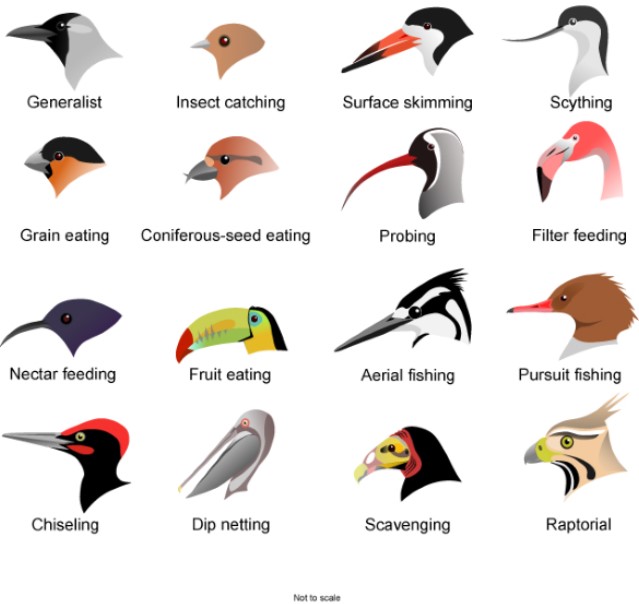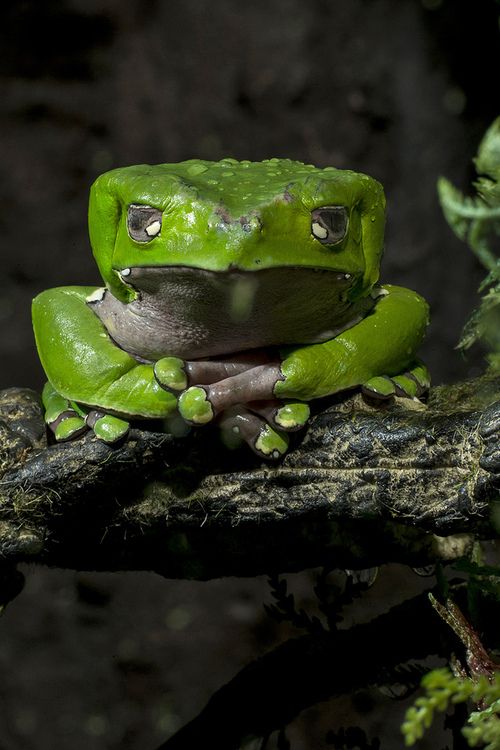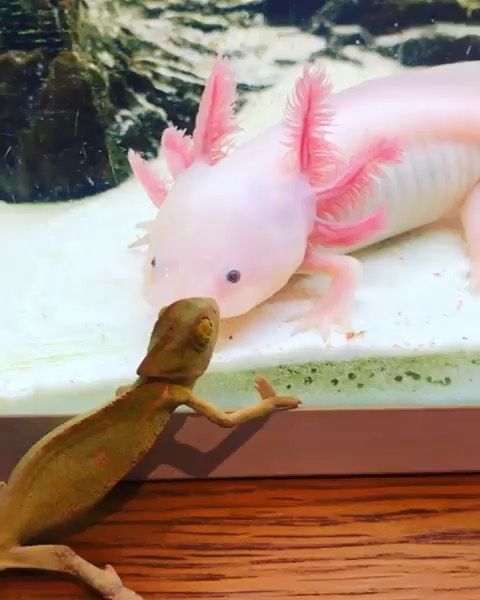How to clean the baby feeding bottles
How To Clean A Baby Bottle Correctly In 5 Steps
Top Articles
More Articles
Published date field Last Updated:
On an especially busy or exhausting day, you might be tempted to forgo cleaning your baby's bottle properly. But skipping this process may lead to bacteria buildup in their mouth and other risks. Use this step-by-step guide to learn how to clean a baby bottle effectively and keep your little one safe.
Risks of an Unsanitary Bottle
As Cleveland Clinic notes, babies younger than 3 months old are still developing their immune systems and are more vulnerable to viruses and bacteria. The South Australian Women's and Children's Health Network also stresses the importance of sterilizing bottles to prevent sickness in infants up to the age of 6 months — or even up to a year. Unwashed or poorly washed bottles may expose your baby to certain risks, including:
Tooth Decay
- The American Academy of Pediatrics states that tooth decay in babies can occur as the result of exposure to liquids for an extended amount of time, such as if you let them sleep with a bottle that contains juice.
This allows acid-producing bacteria to build up in their mouth and cause decay. Additionally, according to the Northern Ireland Public Health Agency, formula milk may contain bacteria — which can multiply if a bottle is left at room temperature.
Rotavirus
- The Centers for Disease Control and Prevention (CDC) explains that this stomach bug can spread from touching contaminated objects or surfaces. That's why the Government of Western Australia Department of Health advises parents to wash their hands frequently, including before preparing baby bottles.
Cronobacter Infections
- The CDC notes that Cronobacter germs can contaminate dry, powdered foods, such as infant formula and, subsequently, baby bottles. This type of bacteria can cause a very rare but potentially life-threatening blood infection called sepsis, particularly in infants.
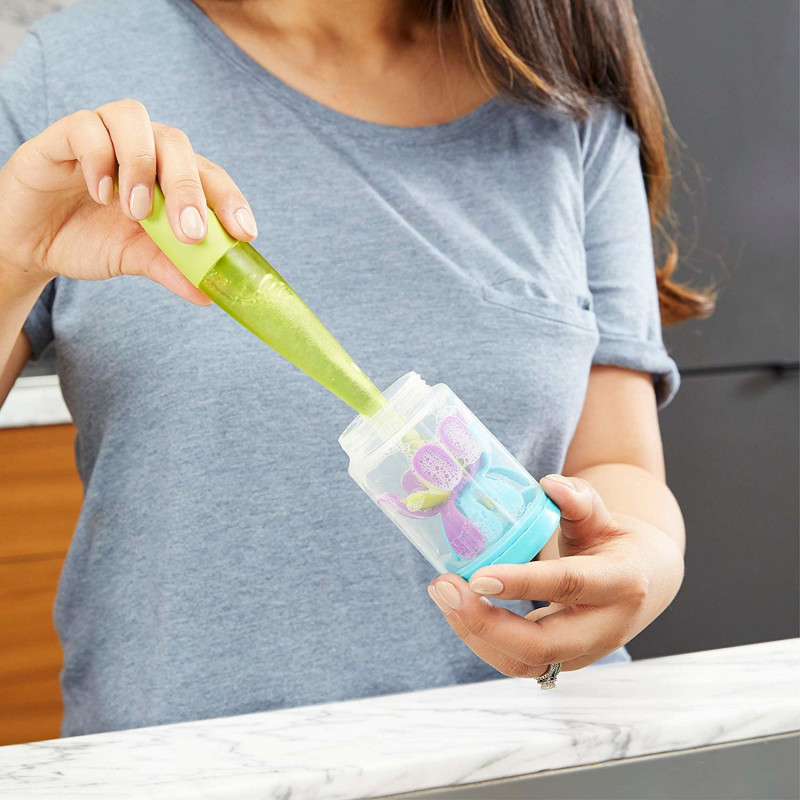
How to Clean a Baby Bottle Correctly
To avoid these risks, here are five simple steps to get your baby's bottle squeaky clean and ready for use. Remember to clean the bottle immediately after every feeding to prevent any bacterial contamination.
- Properly Wash Your Own Hands
You might be surprised that many people forget this crucial first step. In fact, 97% of people aren't washing their hands correctly, according to a study from the U.S. Department of Agriculture. This opens up the potential for cross-contamination. If you're out and about, a squeeze of sanitizer or finding the nearest restroom to wash your own hands thoroughly with soapy water can save you from transmitting germs onto the bottle or nipple.
- Take Apart Bottle Parts
No matter the type of bottle you're using, the CDC recommends separating all the components to ensure you clean each part properly.

- Rinse Under Running Water
The CDC notes that you can rinse your bottle parts under cold or warm water, whichever you prefer. The key step here is to keep them under running water and not let them sit in the sink.
- Scrub in Soapy Water
After rinsing the bottle parts under running water, the CDC recommends filling a separate basin with hot water and soap. This should be a dedicated container you use to clean the baby bottle. Scrub each part individually with a dedicated brush only used on bottles. Then, rinse the parts under running water again.
- Dry on a Rack or Clean Space
Place all the bottle parts on a clean paper towel or dish towel, and store them in a dust-free, clean space. Allow them to air dry rather than patting them dry, as the CDC explains that patting them dry can transfer germs from the towel to the newly cleaned bottle.
How to Sanitize a Baby Bottle
The CDC recommends fully sterilizing all feeding items at least once a day to rid them of all microorganisms that can spread disease. Sterilizing is especially important for babies under 3 months old, those who were born prematurely or those with weakened immune systems. Here are three sterilization methods you might use:
Sterilizing is especially important for babies under 3 months old, those who were born prematurely or those with weakened immune systems. Here are three sterilization methods you might use:
- Wash by hand: The CDC recommends placing all feeding components in boiling water for five minutes.
- Use a dishwasher: If your baby bottle is labeled as dishwasher-safe, the CDC advises choosing a hot-water cycle and heated dry or a sanitizing setting to kill more germs.
- Use a microwave tool: You might also be interested in using a steaming tool with your microwave. Follow the instructions on your individual product and be sure to clean the steamer after each use, as recommended by the Women's and Children's Health Network. Glass bottles should not be put in a microwave steamer.
Now that you know how to wash a baby bottle correctly, follow these tips every day to ensure your child stays healthy and happy.
This article is intended to promote understanding of and knowledge about general oral health topics. It is not intended to be a substitute for professional advice, diagnosis or treatment. Always seek the advice of your dentist or other qualified healthcare provider with any questions you may have regarding a medical condition or treatment.
Was this article helpful?Like
Neutral
Thank you for submitting your feedback!
If you’d like a response, Contact Us.
Cleaning and sterilising baby bottles
Cleaning and sterilising baby bottles | Pregnancy Birth and Baby beginning of content4-minute read
Listen
It’s essential to properly wash and sterilise the feeding equipment when you’re bottle feeding. You'll need to clean and sterilise each bottle, teat and screw cap after every feed. It’s important that you continue sterilising everything until your baby is 12 months' old.
You'll need to clean and sterilise each bottle, teat and screw cap after every feed. It’s important that you continue sterilising everything until your baby is 12 months' old.
Why is it important to clean and sterilise my baby’s bottles?
Babies have immature immune systems so they aren’t strong enough to fight off a range of infections. One important way to support them in staying healthy is to reduce the chances of their getting sick in the first place.
Milk is the perfect medium in which bacteria can grow. This is why it’s important to sterilise all feeding equipment and keep formula cold until just before feeding your baby.
What equipment needs cleaning and how often?
You need to clean and sterilise all bottle parts, teats and screw caps.
- Separate all parts of the bottle and pull the teat out of its screw cap.
- Use hot water and dishwashing detergent.
- Clean all areas of the bottle with a bottle brush, including the thread where the cap screws on.

- Remove any milk still sitting in the teat or the hole with a teat brush.
- Squeeze hot, soapy water through the teat hole, then do the same with clean water to rinse the teat.
- Make sure to rinse the bottles and equipment well.
Get a new bottle brush once the bristles are worn. They need to be stiff enough to remove all the milky residue from the inside of the bottle.
How to sterilise feeding equipment
Even if bottles and teats look clean, they might still carry germs to your baby so it’s essential to sterilise your feeding equipment properly.
There are 3 ways to do this: boiling, steam sterilisation and chemical sterilisation.
If you’re breastfeeding and only need to sterilise a bottle occasionally, the boiling method may be good enough. It’s also cheaper than buying a steam steriliser. If you’re expressing and/or bottle feeding, then a steam steriliser might be the best option.
The boiling method
- Put all parts of the cleaned bottle, including teats, in a large saucepan.

- Cover the equipment with tap water.
- Make sure all air bubbles are out of the bottles and that they are fully submerged under the water.
- Bring the water to the boil.
- Boil for 5 minutes.
- Let the feeding equipment cool in the saucepan before taking it out.
- Place all the feeding equipment in a clean container and put it in the fridge. Make sure the container is covered firmly with a lid.
- You can store everything in the fridge for up to 24 hours.
The steam sterilisation method
Steam sterilisers are popular because they work quickly, are cheap to use and are very effective. They heat water to boiling point and the steam kills the bacteria. Some steam sterilisers are designed to operate in a microwave.
- Place the clean bottles and feeding equipment in the steriliser.
- Make sure there’s enough room between each bottle, teat and screw cap for the steam to circulate around all surfaces.
- Follow the manufacturer’s directions about how much water to add.

- Turn on and push the button to start. If you’re using a microwave steriliser, place the steriliser in the microwave and turn on for the correct time.
- Wait until the sterilisation cycle has finished and the light goes off.
- Store all sterilised feeding equipment in a clean, lidded container in the fridge.
- Sterilise all equipment again if you haven’t used it within 24 hours.
The chemical sterilisation method
Be careful when using chemical sterilisation. Many methods use bleach, which can also bleach clothing and surfaces, and irritate the skin, if spilt.
Antibacterial chemical sterilisation solutions are available in liquid and tablet form. They need to be prepared exactly as directed on the container.
- Make sure you have a container that’s large enough to hold your baby’s bottles and feeding equipment.
- Use the recommended amount of tap water to prepare the sterilising solution.
- Submerge all bottles and feeding equipment in the solution.
 Make sure there are no bubbles left in the bottles.
Make sure there are no bubbles left in the bottles. - Leave the equipment in the solution for the recommended time – there’s no need to rinse the solution off after sterilisation.
- Throw out the solution after 24 hours and wash out the container before preparing a new batch.
Wash your hands before handling sterilised feeding equipment
Make sure you wash and dry your hands before you handle sterilised bottles and teats. It’s easy to contaminate equipment just by touching it with unclean hands.
Sources:
Child and Youth Health (Feeding your baby), Raising Children Network (Bottle feeding: cleaning and sterilising equipment), Karitane (Bottle Feeding)Learn more here about the development and quality assurance of healthdirect content.
Last reviewed: September 2020
Back To Top
Related pages
- Expressing and storing breast milk
- Making formula – dos and don'ts
- Feeding your baby with formula
- Breastfeeding your baby
Need more information?
Bottle-feeding: cleaning & sterilising | Raising Children Network
Bottle-feeding your baby? Find out what equipment you need – bottles, teats, rings and caps – plus how to clean and sterilise it all.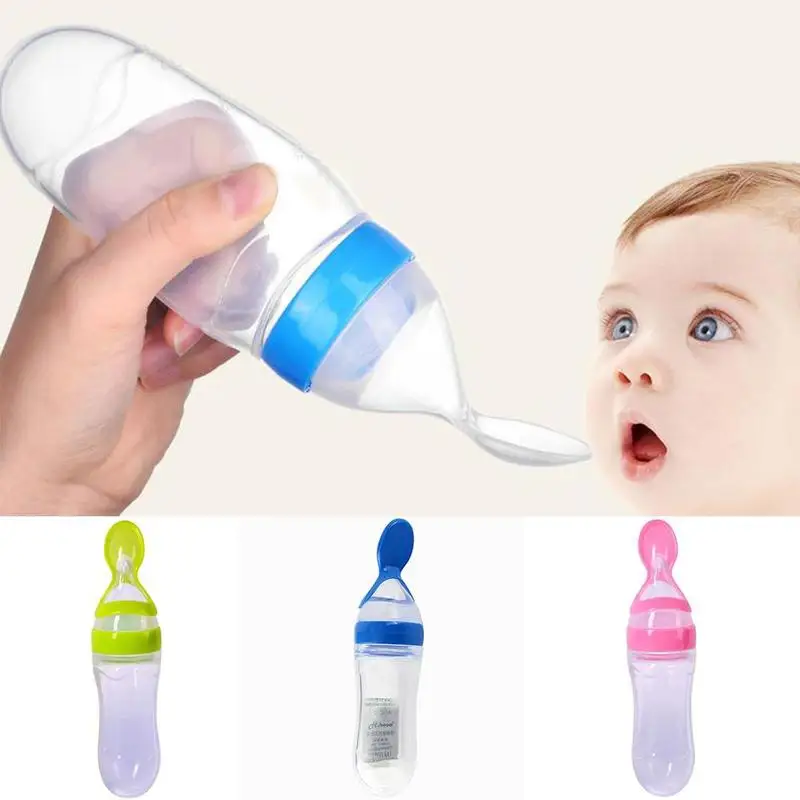
Read more on raisingchildren.net.au website
Baby formula & bottle-feeding for babies | Raising Children Network
Baby formula is the only safe alternative to breastmilk for the first 12 months. All Australian cow’s milk-based formulas meet strict standards. Read more.
Read more on raisingchildren.net.au website
Breastmilk & breastfeeding: benefits | Raising Children Network
Breastmilk – designed by nature for human babies. Breastmilk and breastfeeding have many health and practical benefits for mothers and babies. Read more.
Read more on raisingchildren.net.au website
Feeding your baby with formula
Learn about formula feeding for your baby, how is it different to breastmilk, why formula feed and what do if your baby is allergic to formula.
Read more on Pregnancy, Birth & Baby website
Dummies: advantages, disadvantages & tips | Raising Children Network
Dummies soothe some babies and help them settle. But dummies can be a hard habit to break, and babies also need help to manage them. Get tips for dummy use.
Read more on raisingchildren.net.au website
Expressing breastmilk & storing breastmilk | Raising Children Network
You can express breastmilk by hand, or with a manual or an electric pump. Store expressed breastmilk in special bags or containers in the fridge or freezer.
Read more on raisingchildren.net.au website
Disclaimer
Pregnancy, Birth and Baby is not responsible for the content and advertising on the external website you are now entering.
Need further advice or guidance from our maternal child health nurses?
1800 882 436
Video call
- Contact us
- About us
- A-Z topics
- Symptom Checker
- Service Finder
- Linking to us
- Information partners
- Terms of use
- Privacy
Pregnancy, Birth and Baby is funded by the Australian Government and operated by Healthdirect Australia.
Pregnancy, Birth and Baby is provided on behalf of the Department of Health
Pregnancy, Birth and Baby’s information and advice are developed and managed within a rigorous clinical governance framework. This website is certified by the Health On The Net (HON) foundation, the standard for trustworthy health information.
This site is protected by reCAPTCHA and the Google Privacy Policy and Terms of Service apply.
This information is for your general information and use only and is not intended to be used as medical advice and should not be used to diagnose, treat, cure or prevent any medical condition, nor should it be used for therapeutic purposes.
The information is not a substitute for independent professional advice and should not be used as an alternative to professional health care. If you have a particular medical problem, please consult a healthcare professional.
Except as permitted under the Copyright Act 1968, this publication or any part of it may not be reproduced, altered, adapted, stored and/or distributed in any form or by any means without the prior written permission of Healthdirect Australia.
Support this browser is being discontinued for Pregnancy, Birth and Baby
Support for this browser is being discontinued for this site
- Internet Explorer 11 and lower
We currently support Microsoft Edge, Chrome, Firefox and Safari. For more information, please visit the links below:
For more information, please visit the links below:
- Chrome by Google
- Firefox by Mozilla
- Microsoft Edge
- Safari by Apple
You are welcome to continue browsing this site with this browser. Some features, tools or interaction may not work correctly.
What and how to wash baby bottles
The body of a small child is only learning to resist the pathogenic microflora of the surrounding world, therefore, in this case, mother's help is indispensable. One of the main tasks of mothers at the stage of breastfeeding is to provide the baby with not only healthy, but also safe food. If the child eats only the breast, then additional measures other than the personal hygiene of the mother are not required, however, if feeding bottles have firmly entered his life, you cannot do without special measures to care for the dishes.
What to wash with?
Finding baby bottle detergent is easy, as you can find it in most home improvement stores.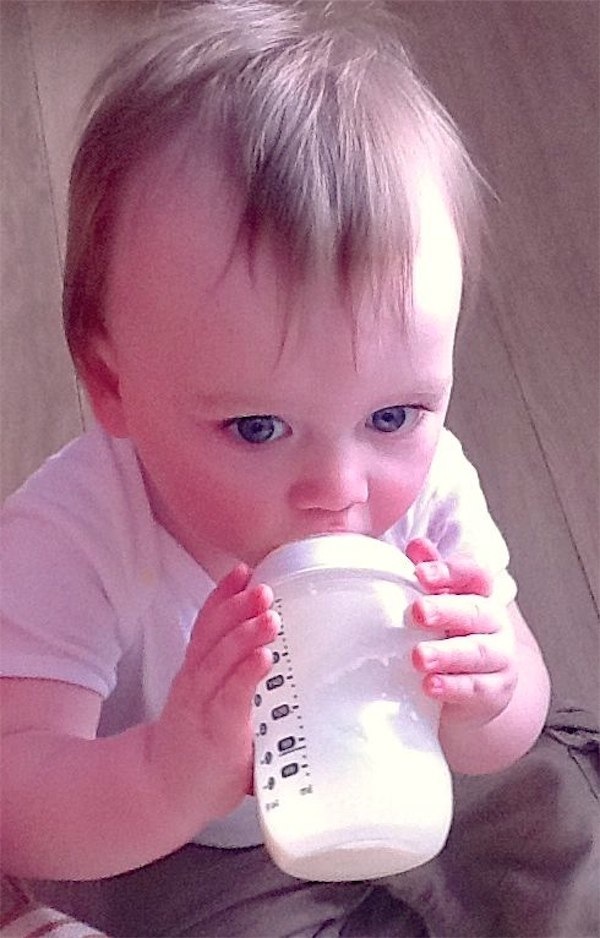 Choosing the right option is a little more difficult: the purchased product cannot contain fragrances, and dyes must be exclusively natural and approved for use in the food industry. A big plus will be the presence of disinfectants, which significantly increase safety. Many parents are happy to buy options marked "ECO", which are based on natural ingredients.
Choosing the right option is a little more difficult: the purchased product cannot contain fragrances, and dyes must be exclusively natural and approved for use in the food industry. A big plus will be the presence of disinfectants, which significantly increase safety. Many parents are happy to buy options marked "ECO", which are based on natural ingredients.
Detergent for children's dishes must be completely rinsed off not only with hot, but also with cold water. However, even the most harmless products must be washed off repeatedly with running water.
If parents do not want to leave their money in the pockets of manufacturers of household chemicals, then they can successfully use a popular folk remedy - dry mustard. This brown-yellow powder is completely safe for the human body, so accidentally remaining grains on children's dishes will not harm the baby in any way.
Dry mustard perfectly removes any dirt and grease from any surface and is very easy to rinse off. True, this tool has a certain drawback - if you take it directly with a sponge, then too much powder sticks and it is simply washed out with water. Ordinary salt shakers with holes that can be found in every home, as well as ready-made gruel in old bottles from household chemicals, will help solve this problem.
True, this tool has a certain drawback - if you take it directly with a sponge, then too much powder sticks and it is simply washed out with water. Ordinary salt shakers with holes that can be found in every home, as well as ready-made gruel in old bottles from household chemicals, will help solve this problem.
Another popular option is soda. Soaking children's dishes in a warm baking soda solution (especially overnight) makes it easy to remove even the most serious stains.
Laundry soap and homemade soap-based detergent also help keep baby bottles clean, but the soap leaves a thin film on the surface of the dishes, so rinsing in this case must be very thorough. For the comfort of mother's hands, a little glycerin can be added to detergents from laundry soap. A pleasant aroma to such products gives ordinary lemon juice.
How to wash?
Under no circumstances should you use sponges that clean dishes and cups for the whole family to care for children's dishes.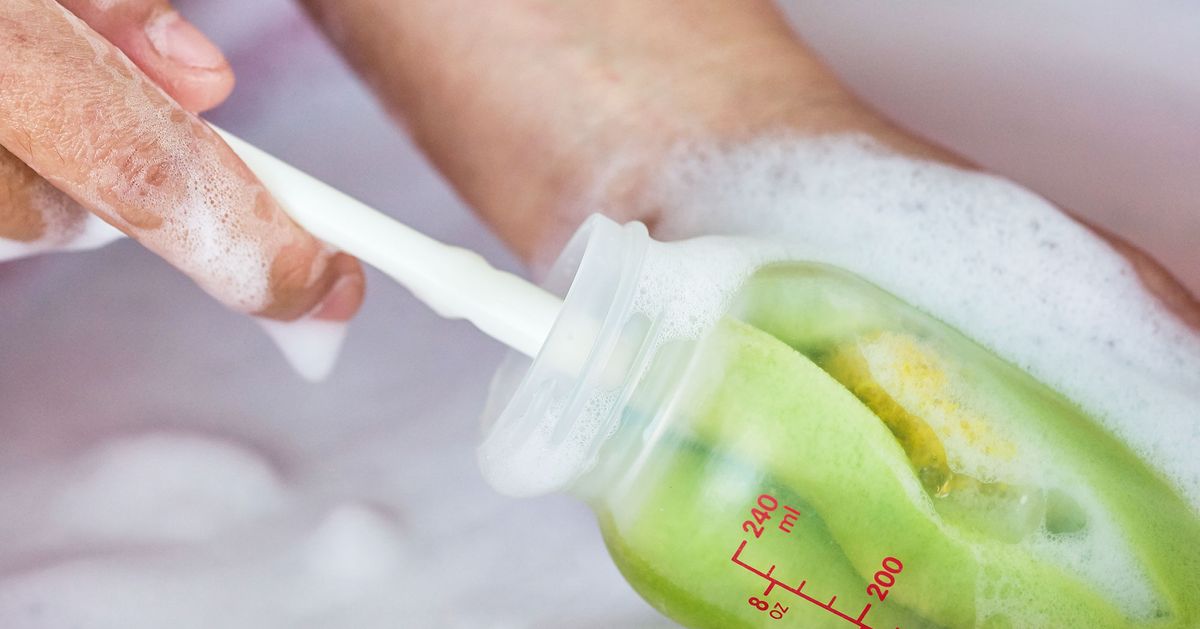 The baby should have its own brushes, brushes and sponges.
The baby should have its own brushes, brushes and sponges.
Modern brushes, specially designed for washing "milk" bottles, are very convenient and functional. The bristles in such products are quite elastic, so it cleans the walls of the bottles well and does not scratch their surface. Many brushes are equipped with a soft sponge that perfectly rinses the bottom. Thanks to the suction cup on the bottom, the brush can be installed in a vertical position, thus protecting it from contact with not very clean surfaces.
An important point: no matter how convenient and expensive a baby bottle brush may seem, after a while it inevitably turns into a breeding ground for bacteria. Careful disinfection (for example, with vinegar) slightly extends the life of the product, but it still needs to be replaced periodically with a new one.
Random entries
Hot sunny days will become even more beautiful if you fill them with cheerful and invigorating fragrance of citruses!
Is the division of perfumery into segments justified, and how do they differ from each other? This question has been raised many times and now one thing is clear - there is no clear and reliable classification, because even among professionals there is no consensus.
We are constantly on the lookout for new brands that make great products. Today we have collected for you six brands that have just appeared in our store, get acquainted!
A real perfume lover sometimes has more than a dozen bottles, and it is not always possible to use them all in the five years recommended by the manufacturer.
How to wash baby bottles? - ServiceYard - the comfort of your home is in your hands.
- What is the correct way to wash feeding bottles?
- Bottle sterilization
- How to wash baby bottles when traveling?
- Footage
Anyone with a small child in their family is no doubt familiar with feeding bottles, nipples, diapers, pacifiers and probably knows how and with what to wash baby bottles and other items around the baby. Absolutely all young parents need such knowledge, because wrong actions regarding the cleaning of children's household items can not only damage the things themselves, but also entail a negative reaction of the child's body. The thing is that a newborn baby has not yet had time to fully develop its immune system, and this makes it more susceptible to bacteria that are on improperly treated surfaces.
Absolutely all young parents need such knowledge, because wrong actions regarding the cleaning of children's household items can not only damage the things themselves, but also entail a negative reaction of the child's body. The thing is that a newborn baby has not yet had time to fully develop its immune system, and this makes it more susceptible to bacteria that are on improperly treated surfaces.
Important! When buying plastic baby bottles, make sure the plastic does not contain the chemical Bisphenol-A. It is very toxic and can lead to serious health problems for the baby. Many countries have already banned the production and sale of children's items with an admixture of this chemical. Unfortunately, our country is not included in this list yet. Therefore, parents need to be more vigilant when buying children's products.
back to the table of contents ↑
How to wash feeding bottles?
For perfect care of feeding utensils, you need to know the detailed instructions on how to wash baby bottles. It looks like this:
It looks like this:
- Rinse the bottle in the sink immediately after feeding:
- Even if you don't have time for a more thorough wash, just rinse the dish. This will prevent dried milk and dirt from accumulating on the walls and bottom of the bottle.
- Use hot water for rinsing. In this way, rinsing will be more effective.
- To get the most out of your washing process, you need to know the best way to wash baby bottles. When buying a feeding bottle, immediately purchase the following products:
- Brush for washing baby dishes and a special brush for cleaning rubber pacifiers. Some bottles are difficult to clean near the bottom and in the neck area, a brush will help with this. Teat brushes have the ability to collect bacteria from their surfaces.
- Specially formulated for washing baby bottles. It differs from the usual dishwashing detergent in a more gentle and mild action. It is hypoallergenic, non-toxic and, no less important, does not leave soap residues on the surfaces of the container after rinsing in hot or cold water.

- To eliminate the possibility of foreign bacteria and chemicals getting on children's dishes, it is recommended to wash the sink itself before washing it.
- For best results, use a hard sponge, baking soda, or other natural disinfectant.
- After cleaning the sink, fill it with hot water of the highest possible temperature and soap.
- Feeding bottles must be completely disassembled before washing. Each of their parts - a bottle, a nipple, a ring, a cap - are washed separately.
Important! Separate washing is recommended because a large amount of milk tends to accumulate between the ring and the nipple, which contributes to the rapid growth of bacteria.
- Immerse each part in hot soapy water.
- Use a bottle brush and a nipple brush that can also clean the ring.
- If the instructions for use of the feeding bottle say that it can be washed in the dishwasher, then use this method, which will save you a lot of time.

- Place the bottle upside down on the top rack of the dishwasher, away from the heating elements.
Important! Today, children's goods stores can offer their customers a special basket for washing rings and nipples that are installed in the dishwasher.
- To get rid of soap residues on the surfaces of the bottle and its elements, after washing, they should be thoroughly rinsed under running water at the highest possible temperature.
- Place all parts of the newborn bottle on the drying rack.
Important! Dry the bottle in a well-ventilated area so that it dries completely quickly. Otherwise, fungus and mold may begin to develop on its surfaces.
- Wash your hands thoroughly with soap and water before handling a dry bottle to feed your baby.
back to contents ↑
Sterilizing bottles
This method is very effective in killing all possible bacteria on the surfaces of baby dishes.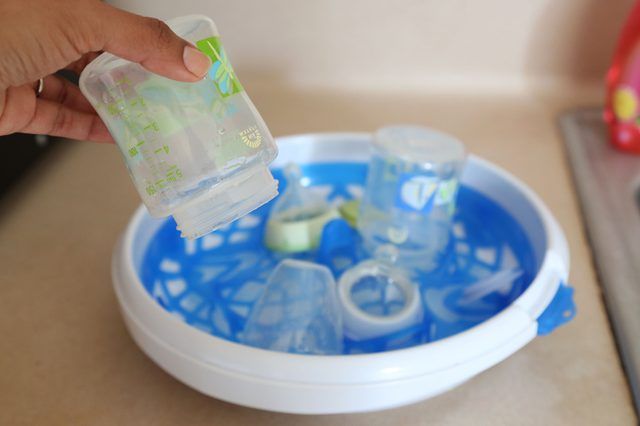 If earlier, after each use, the bottle was advised to sterilize it, but now this process is considered not so necessary.
If earlier, after each use, the bottle was advised to sterilize it, but now this process is considered not so necessary.
Important! Recent studies by the medical community have shown that washing feeding bottles with hot, soapy water is sufficient to clean them. The main condition is the purity of water and its suitability for drinking.
However, sterilization is indispensable in the following cases:
- Before using the baby dish for the first time immediately after purchase.
- After each washing of the bottle with water from a well or well.
- After the child's illness.
- After prolonged use.
Electric and microwave sterilizers
The principle of sterilization in these devices is the treatment of dishes with steam at a temperature of +100 C. Steam with such a high temperature kills all bacteria and microbes on the surfaces of the bottle. To use these devices correctly:
- Electric sterilizer should be filled with a small amount of water.
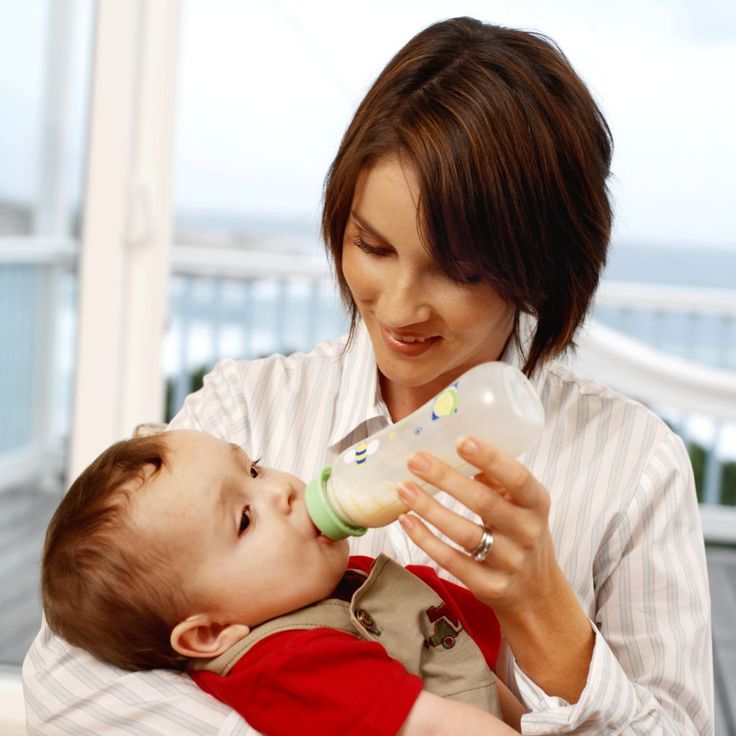 Place rings, nipples and bottles inside at some distance from each other. Sterilization takes approximately 10 minutes.
Place rings, nipples and bottles inside at some distance from each other. Sterilization takes approximately 10 minutes. - With a microwave sterilizer, the steps are essentially the same. Once all items to be sterilized have been placed, place the instrument in the microwave oven. Set the microwave to full power and turn it on for 4-8 minutes.
Important! The operating time of a microwave oven depends purely on the power of the device itself.
Sterilization in a steamer
A steamer is a fairly common item in the kitchen of a young housewife. With it, you can not only cook healthy and tasty food, but also, if necessary, sterilize children's dishes. For this:
- Pour water into the bottom compartment of the steamer.
- Place bottles upside down.
- Other parts of the baby bottle can be placed on top of the steamer.
- Switch on the appliance in the “cooking” mode for 5 to 15 minutes.

- Wait for the steamer to switch off and cool down.
After that, children's dishes can be used for their intended purpose.
Multicooker sterilization
Multicooker sterilization is very easy:
- Pour 1 liter of water into the main container of the multicooker.
- Place all baby items that require sterilization on the steam rack.
- Turn on steam mode by setting the time to 7-10 minutes.
Microwave sterilization
- For this process in the microwave, it is better to use special bags or additional containers with a lid.
- Children's dishes are placed in a container or bag and filled with cold water.
- After 7-8 minutes of microwave operation, the baby bottle will be sterilized.
Boiling
Mothers, grandmothers and their predecessors were not familiar with microwave ovens or sterilizers in their youth. And yet, they took care of their children no worse than modern mothers.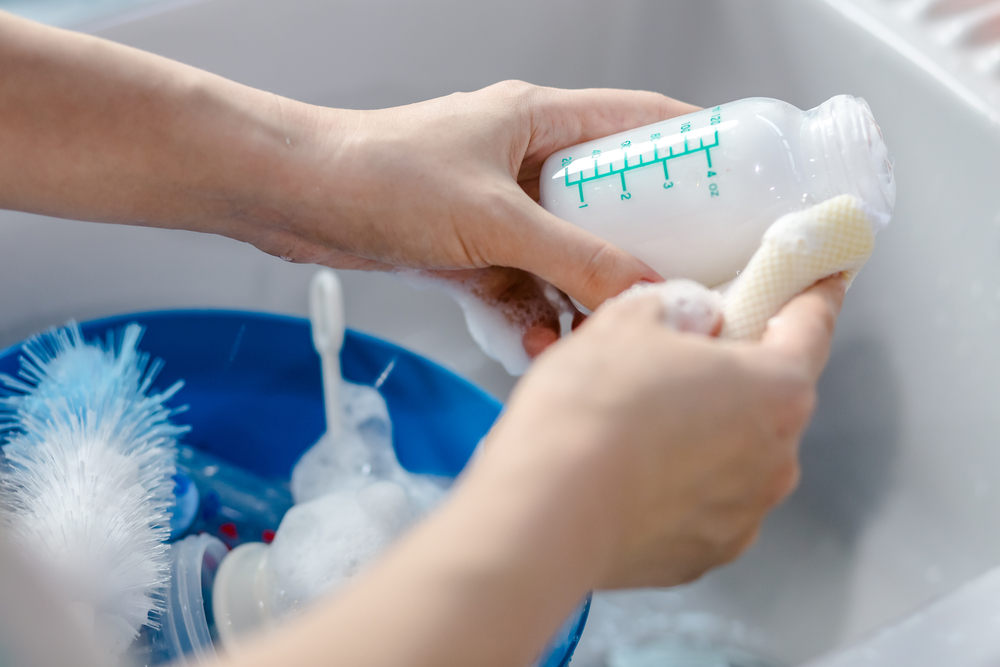 Today, a large number of young parents use the old and proven method of sterilization - boiling.
Today, a large number of young parents use the old and proven method of sterilization - boiling.
This is very easy to do:
- Pour water into a large pot and bring it to a boil.
- Place all parts of the feeding bottle into the boiling liquid.
- Cover the pot and boil the items for at least 3 minutes.
Important! This sterilization method is most suitable for glass bottles. If the plastic bottle does not contain the above harmful component - bisphenol-A, then it can also be processed in this way.
Cold water sterilization
This process can be carried out with cold water and a special preparation that has antiseptic properties. In this case, to wash baby bottles, in order to get the effect of sterilization, it is necessary to use products such as Milton or Bebe Comfort. They are sold in pharmacies. According to instructions?
- Dissolve them in cold water and place children's dishes in the solution.

- After half an hour, the dishes are removed from the solution and thoroughly washed with boiled water.
Important! This method well protects children's dishes from germs without damaging them.
back to contents ↑
How do I clean baby bottles while traveling?
Children never let their parents relax. Therefore, while traveling, you need to be prepared for various minor troubles. To solve the problem of how to wash baby bottles during a trip, you should always have a small container of soap and a brush with you.
Important! It is best to place the brush in a sealed zip bag. So you will protect it from external bacteria that you do not need.
How to proceed:
- If you have bottle and brush detergent, you can wash your baby's dishes in any sink.
Important! Remember the rules on how to wash baby bottles.






